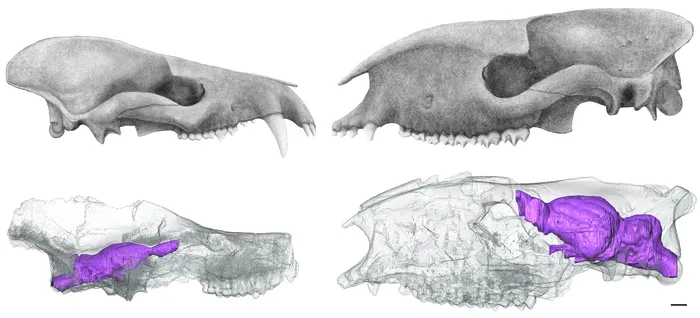In the first 10 million years after the extinction of the dinosaurs, mammals developed bigger bodies to help cope with the radical changes that were occurring on Earth, researchers at the University of Edinburgh have found.
To make the discovery, the team CT-scanned a collection of complete skulls and skeletons of mammals that lived immediately after the mass extinction of dinosaurs discovered in the badlands of north-western New Mexico.
It was previously thought that mammals’ relative brain sizes, the size of their brains in relation to their bodies, increased following the catastrophic asteroid impact that ended the reign of dinosaurs 66 million years ago. The theory being that bigger brains would have allowed the prehistoric mammals to take advantage of any new opportunities that opened up as the dinosaurs died out.

However, the team’s findings show that the relative brain sizes in fact decreased at first due to early mammals’ rapid increase in body size.
Results of scans also suggest the animals relied heavily on their sense of smell, and that their vision and other senses were far less well developed.
“Large brains are expensive to maintain and, if not necessary to acquire resources, would have probably been detrimental for the survival of early placental mammals in the chaos and upheaval after the asteroid impact,” said lead researcher Dr Ornella Bertrand.
It wasn’t until around 10 million years after the extinction of the dinosaurs that early members of modern mammal groups such as primates began to develop larger brains and a more complex range of senses and motor skills.
“The mammals that usurped the dinosaurs were fairly dim-witted, and only millions of years later did many types of mammals develop bigger brains as they were competing with each other to form new ecosystems,” added senior author Professor Steve Brusatte.
Read more about dinosaurs: